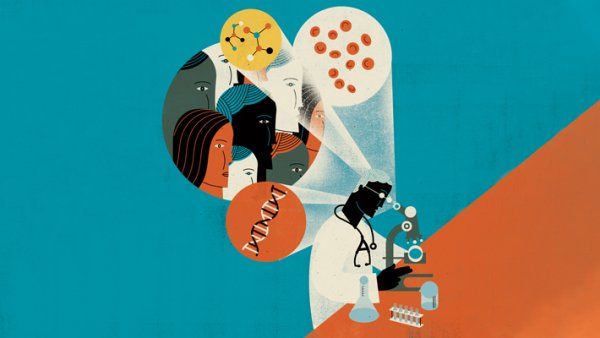Urban Health Scare: E-Scooters Show Alarming Spike in Injuries
UCSF study finds a major surge of injuries related to scooters, particularly among young adults.

University of California San Francisco
UCSF study finds a major surge of injuries related to scooters, particularly among young adults.

A physically and mentally active lifestyle confers resilience to frontotemporal dementia, even in people whose genetic profile makes the eventual development of the disease virtually inevitable.

The breakthroughs came as Jack Levin was trying to find out if the cells normally circulating in the horseshoe crab’s blood, called amebocytes, triggered clotting, as platelets do in human blood.

JUUL delivers substantially more nicotine to the blood per puff than cigarettes or previous-generation e-cigarettes and impairs blood vessel function comparable to cigarette smoke

Pelvic examinations and cervical cancer screenings are no longer recommended for most females under age 21, but a new study has found that millions of young women are unnecessarily undergoing the tests.

UCSF postdoctoral researcher for the first time succeeded in keeping a diverse array of glioblastomas alive in the lab using brain organoids
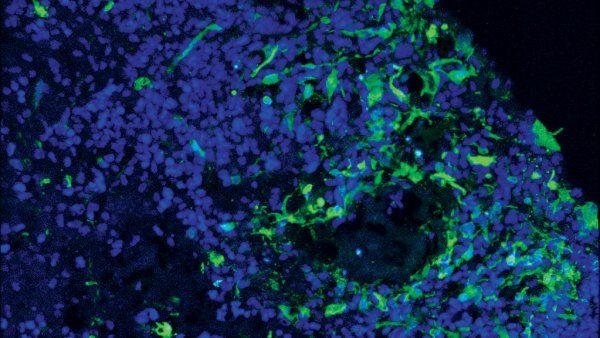
Scientists have documented the influence of information overload on attention, perception, memory, decision-making, and emotional regulation. But the same technologies contributing to the cognition crisis could help solve it, argues neuroscientist Adam Gazzaley.

Artificial intelligence manages our phones and homes, helps us navigate, and advises us what to watch, read, listen to, and buy. Soon it will transform our health, says trauma surgeon and data-science expert Rachel Callcut.
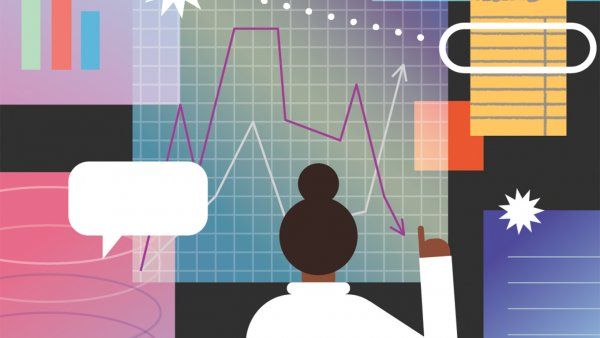
With the global population of seniors projected to reach 1.5 billion by 2050, it will be more important than ever to reduce the burden of age-related disease. In the future, science will allow us to intervene in the aging process to make this a reality, according to geriatrician John Newman.
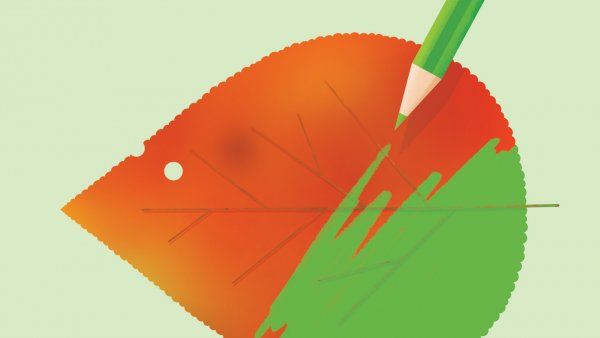
Advances in medicine and public health have dramatically extended the lifespan of hearts, lungs, and other vital organs. But for women, the ovaries remain a stubborn exception. That may soon change, says fertility expert Marcelle Cedars.
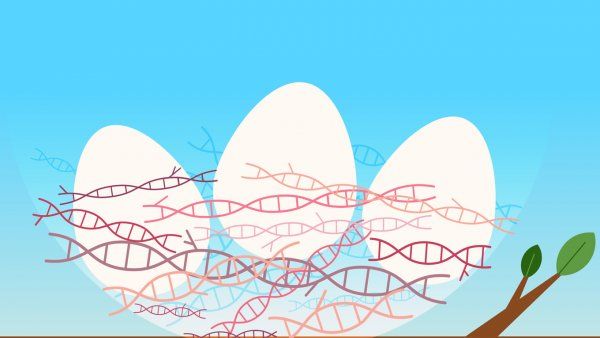
Basic scientist Zena Werb, who has studied cancer cells in UCSF labs for more than four decades, shares her take on the future of cancer medicine.
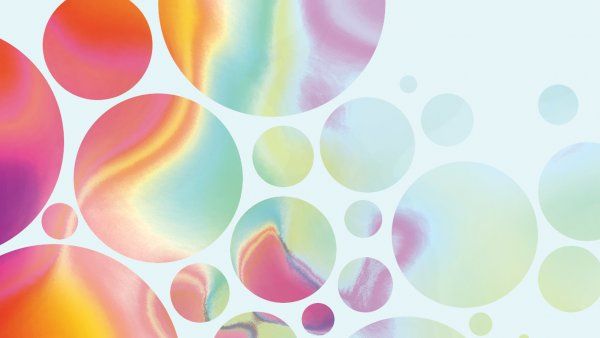
We are entering an era of brain-machine interfaces and genome-editing technology. When we can govern the very biology that makes us who we are, what will it mean to be human?

A future in which precision medicine benefits everyone is not guaranteed. For that to happen, UCSF experts argue, the health care industry must first tackle today’s health disparities, including differences in disease outcomes and access to care based on race, gender, and socioeconomic status.
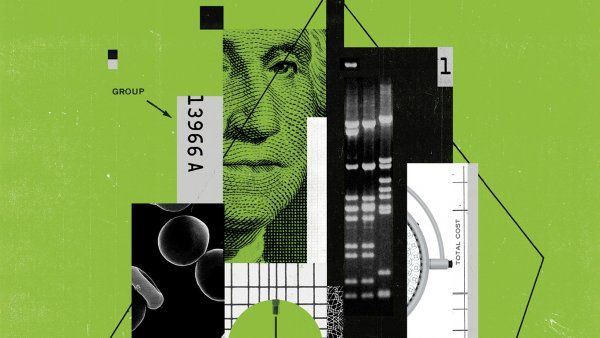
Brain imaging of pathological tau-protein reliably predicts the location of future brain atrophy in Alzheimer’s patients a year or more in advance.
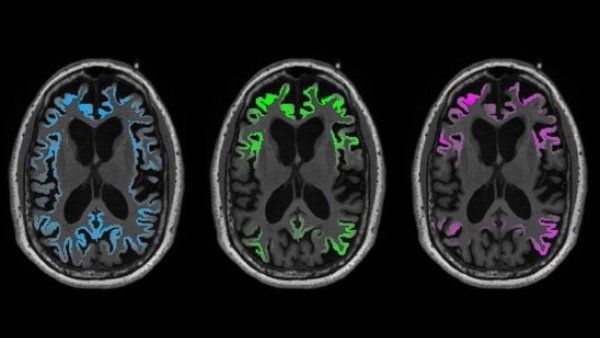
A survey found that fewer than half of California pharmacies provided antibiotics and opioids disposal instructions meeting U.S. FDA guidelines, and just 10 percent followed the FDA’s preferred recommendation to take back unused medications from their customers.

The first rigorously controlled study of a 2016 California law that aimed to increase childhood vaccination rates by eliminating nonmedical exemptions has found the law worked as intended.
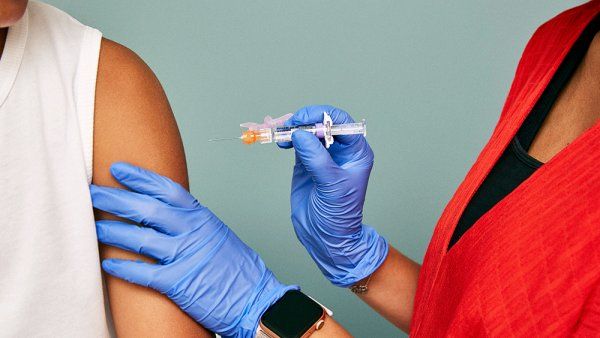
No one can see the future, but that won’t stop us from trying. We asked UCSF faculty and alumni to score these predictions for likelihood and impact.
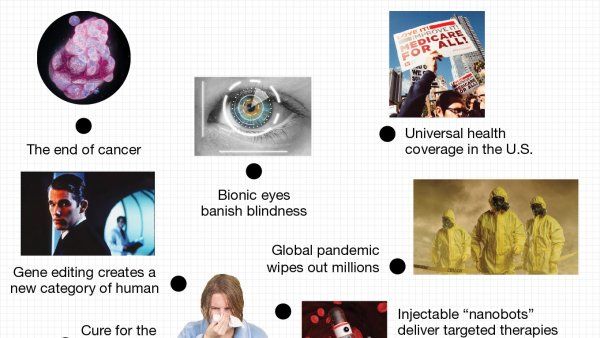
A skin-lightening cream from Mexico has been found to have had a devastating effect on the central nervous system due to its highly toxic mercury levels, according to a UCSF-led report on a patient who remains unable to care for herself months after ceasing use of the product.
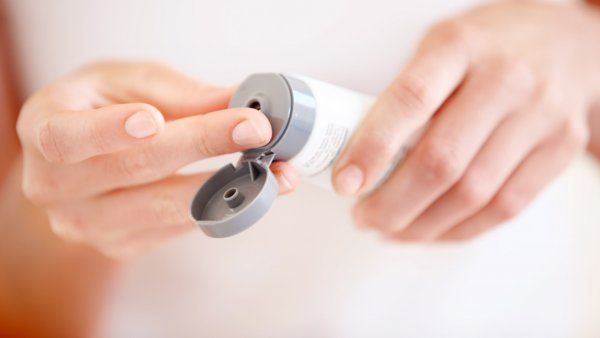
With the rise of “direct-to-consumer” DNA tests, investigating your genes is easier than ever. But taking one of these tests may not be right for you, says UCSF professor Kathryn Phillips, PhD, who studies new health care technologies.
